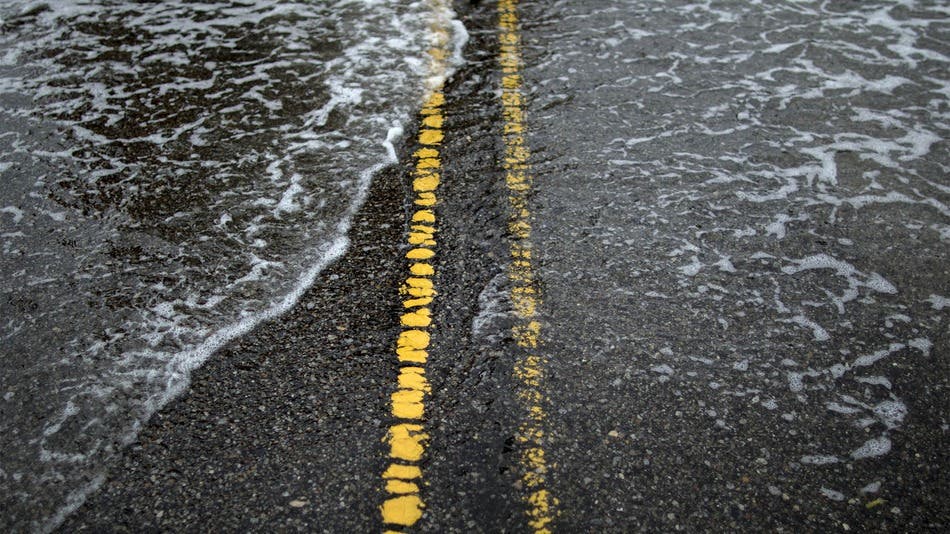A new study analyzing sea level rise forecasts as well as population growth projections found that we’ve underestimated just how many people would be impacted by rising waters. Anywhere from 4.3 to 13.1 million people from the US alone will face the risk of inundation by 2100, according to their estimate.

Image credits Stephen B. Morton/AP.
The team, with members from the University of Georgia and Stetson University in Florida used population trends and sea level rise estimates to establish a county-by-county risk assessment across the US. Their results suggest that previous research, based on current population numbers, underestimates the risk coastal states face.
An important implication of this is the estimated cost of adapting to sea level rise might be too low, since it doesn’t take population growth and the associated installation of more long-lasting, vulnerable infrastructure into account.
“There are 31 counties where more than 100,000 residents could be affected by 6 feet of sea level rise,” said study co-author Mathew E. Hauer, of the University of Georgia in a press release.
The southeastern U.S. coast is a hotspot for inundation risk related to sea level rise, the authors say. This is partly due to the high population growth that the area is experiencing. Over 10 percent of coastal populations in states such as Georgia and South Carolina will be affected by a global sea level increase of 1.8 meters (5.9 feet) by 2100. A similar rise would affect an estimated one million people in California and Louisiana each. Florida faces the most risk, with up to 6 million residents affected under the same scenario.
Densely populated counties in coastal areas, such as Broward or Miami-Dade Counties in Florida, San Mateo in California or Jefferson in Louisiana are expected to see more than 100,000 residents “potentially impacted” by a 0.9 meters (around 3 feet) rise in sea levels.
The study also identified three counties as having an “extreme exposure” to inundation: North Carolina’s Tyrrell and Hyde Counties, and Monroe County in Florida. Tyrell and Hyde Counties are home to abundant nature preserves on North Carolina’s Outer Banks, while Monroe County is located at the southwestern tip of Florida, encompassing a swath of Everglades National Park as well as the Florida Keys. People living in these areas will suffer “catastrophic impacts” by 2100 if steps aren’t taken to address the issue.

The authors also warn that the lack of protection for coastal residents could lead to a population migration on par with the “Great Migration” of southern African Americans after the first World War. They estimate that the cost of relocating all the people affected by sea rise by 2100 would exceed $14 trillion dollars.
“The impact projections are up to three times larger than current estimates, which significantly underestimate the effect of sea level rise in the United States,” Hauer added.
Compared to previous estimates, these are worrying numbers. The team’s estimates revolve around those 1.8 meters of sea rise used in their calculations. The study also doesn’t take factor in regional variations in the rate of sea level rise. But, while the consensus seems to be set around a 1 meter (3.6 feet) rise by 2100, there is growing concern around the stability of the Greenland and West Antarctic ice sheets in today’s warmer oceans. Faster melting of these ice sheets would rise the waterline significantly, possibly way above the 1.8 meter level the team set.
Ben Strauss told Mashable that the lack of regional variations in sea level rise would affect the results out to the year 2100, and the study also “assumes that people will be moving to the shore essentially just as briskly” in the latter half of the century as in 2020, despite the evident effects of sea level rise expected by 2070.
The full paper, titled “Millions projected to be at risk from sea-level rise in the continental United States” has been published online in the journal Nature Climate Change and can be read here.






